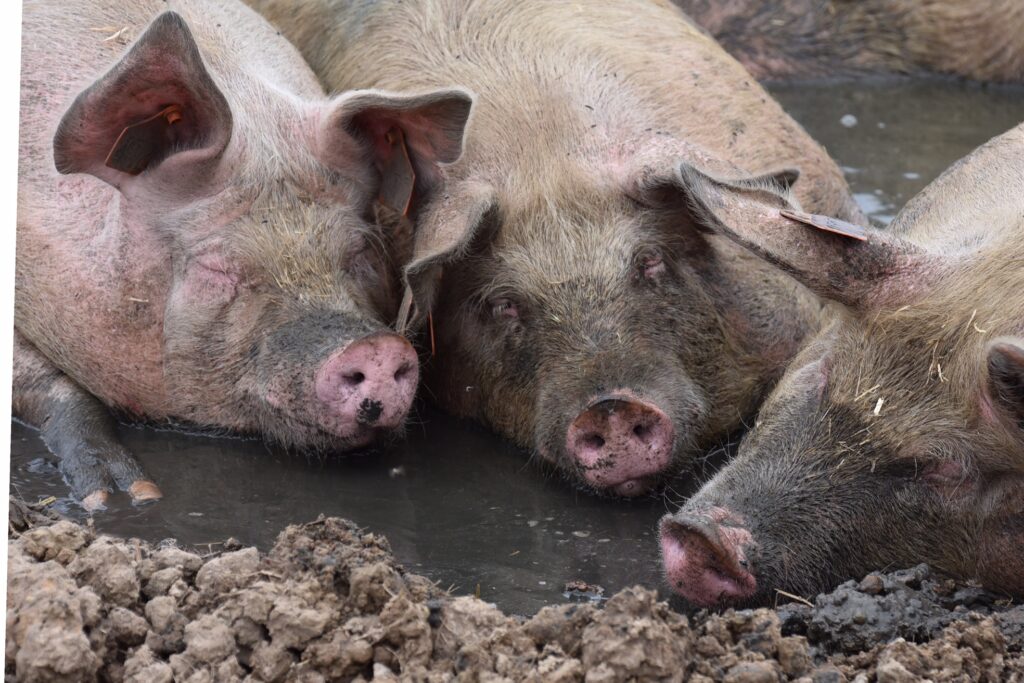The productivity of the GB breeding pig herd continued to increase last year albeit at a slower rate, according to the latest figures from Agrosoft.
In the twelve months ending December 2016, the number of pigs weaned per sow per year averaged 24.83 across all herds, 0.45 more than in 2015. This increase occurred despite a rise in pre-weaning mortality relative to the year earlier, returning to 2014 levels.
Stronger gains were made by the outdoor breeding herd, with pigs weaned per sow per year up 0.68 on 2015 at 22.77. This was attributable to an increase in the number of pigs born alive per litter, and a slight increase in the number of litters per sow.
Improvements in the productivity of the indoor breeding herd were more modest. Pigs weaned per sow per year in 2016 increased by 0.27 to 26.24, driven by a modest (0.19) increase in piglets born alive per litter. However, the twelve month rolling average was higher during the first half of the year, meaning some early gains were lost in the second half of the year, due to the rise in pre-weaning mortality.
Despite the overall improvements, GB producers still remain behind their main EU competitors according to figures from the InterPig group. The EU average during 2015 was 26.81 pigs weaned per sow per year, largely due to the number of piglets born alive per litter being above the UK average. AHDB Pork have produced a number of Action for Productivity worksheets with advice on measures which may improve breeding herd performance. These can be found on the pig production section of the website.

For the feeding herd, the performance was positive for the year as a whole. Both the rearing and finishing stages posted lower feed conversion ratios (FCR) and higher daily liveweight gain relative to 2015. The change in FCR was more marked for the rearing stage, moving from 1.89 to 1.70.
Meanwhile, the finishing stage showed a modest development, moving from 2.69 to 2.65. These improvements occurred despite carcase weights rising during 2016, as heavier finishing weights are generally considered to push food conversion ratios upwards.




